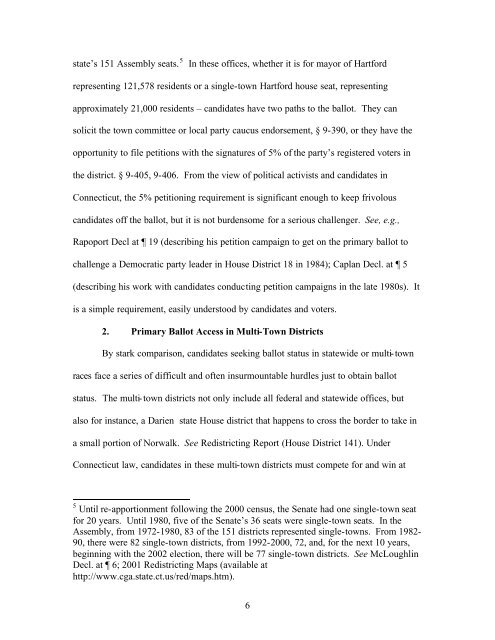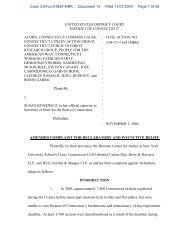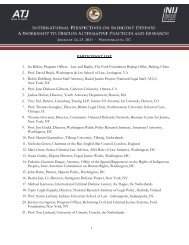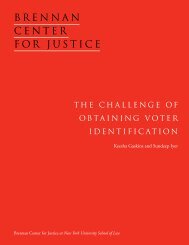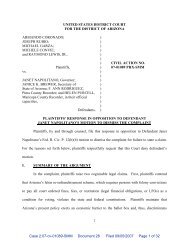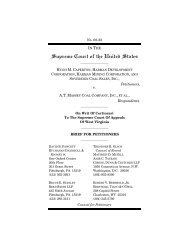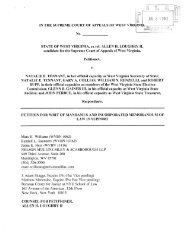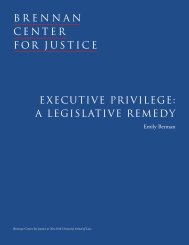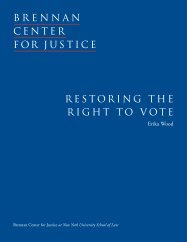MEMORANDUM OF LAW IN SUPPORT OF PLAINTIFFS' MOTION ...
MEMORANDUM OF LAW IN SUPPORT OF PLAINTIFFS' MOTION ...
MEMORANDUM OF LAW IN SUPPORT OF PLAINTIFFS' MOTION ...
Create successful ePaper yourself
Turn your PDF publications into a flip-book with our unique Google optimized e-Paper software.
state’s 151 Assembly seats. 5In these offices, whether it is for mayor of Hartfordrepresenting 121,578 residents or a single-town Hartford house seat, representingapproximately 21,000 residents – candidates have two paths to the ballot. They cansolicit the town committee or local party caucus endorsement, § 9-390, or they have theopportunity to file petitions with the signatures of 5% of the party’s registered voters inthe district. § 9-405, 9-406. From the view of political activists and candidates inConnecticut, the 5% petitioning requirement is significant enough to keep frivolouscandidates off the ballot, but it is not burdensome for a serious challenger. See, e.g.,Rapoport Decl at 19 (describing his petition campaign to get on the primary ballot tochallenge a Democratic party leader in House District 18 in 1984); Caplan Decl. at 5(describing his work with candidates conducting petition campaigns in the late 1980s). Itis a simple requirement, easily understood by candidates and voters.2. Primary Ballot Access in Multi-Town DistrictsBy stark comparison, candidates seeking ballot status in statewide or multi-townraces face a series of difficult and often insurmountable hurdles just to obtain ballotstatus. The multi-town districts not only include all federal and statewide offices, butalso for instance, a Darien state House district that happens to cross the border to take ina small portion of Norwalk. See Redistricting Report (House District 141). UnderConnecticut law, candidates in these multi-town districts must compete for and win at5 Until re-apportionment following the 2000 census, the Senate had one single-town seatfor 20 years. Until 1980, five of the Senate’s 36 seats were single-town seats. In theAssembly, from 1972-1980, 83 of the 151 districts represented single-towns. From 1982-90, there were 82 single-town districts, from 1992-2000, 72, and, for the next 10 years,beginning with the 2002 election, there will be 77 single-town districts. See McLoughlinDecl. at 6; 2001 Redistricting Maps (available athttp://www.cga.state.ct.us/red/maps.htm).6


